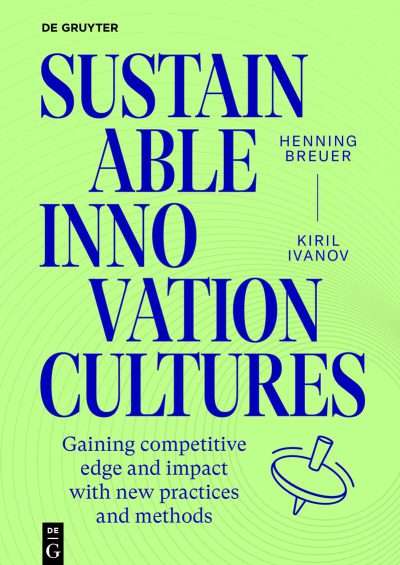Neuerscheinung 2025: Nachhaltige Innovationskulturen – mit neuen Praktiken und Methoden Wettbewerbsfähigkeit und nachhaltige Entwicklung fördern
Wie können Unternehmen ihre Nachhaltigkeitsstrategien in Innovationen umsetzen? Wie können sie mit Beiträgen zur nachhaltigen Entwicklung Wettbewerbsvorteile verschaffen? Und wo sollten Verantwortliche beginnen bei dem Versuch, nachhaltige Innovation als Teil der Kultur zu etablieren?
Dieses erste umfassende Werk über nachhaltige Innovationskulturen zeigt 68 bewährte Praktiken und Methoden für Innovations-, Nachhaltigkeits- oder Personalmanager auf, um eine nachhaltige Transformation zu ermöglichen. Zahlreiche Beispiele und Fallstudien aus Deutschland, Italien, Spanien, Polen und Slowenien veranschaulichen erprobte Vorgehensweisen, um Innovationskultur zu verstehen sowie kurz- und langfristig zu verändern. Eine umfassende Literaturstudie dokumentiert den Stand der weltweiten, wissenschaftlichen Diskussion.

